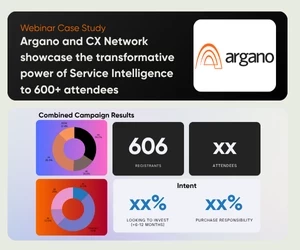How Can Nordic Banks Embrace a Customer Centric-Culture?
Add bookmarkWe have long since been in the age of the consumer. The Nordic financial industry like most sectors of the financial market, are having to adapt and align their products and services to match increasingly connected, informed and growing demands of the consumer.
It could be argued that – offset by the 2007 financial crisis – a transformation has occurred whereby consumer behaviour has been influenced by general negative perception and increased media scrutiny of the banking sector. The recent action of the consumer can also be aligned alongside their ability to utilise growing technological advancements in mobile, computing and social media technology in order to meet their banking needs.
In order to stay ahead Nordic banks need to better integrate their understanding of the modern day consumer, who are more cautious and selective with their money than ever before. By moving away from their silo mentality and differentiating themselves- within a regulated framework- from an expanding competitor base, Nordic banks will be able to stay profitable in a time of shrinking revenues and intensifying regulation.
Traditionally, banks have always been heavily transaction led and it can be hard to change that internal culture of a lifetime, even if it means a better experience for their customers. In order to combat methods that are counter productive to achieving customer-centricity, Nordic banks need to eliminate aspects that are stifling the consumer.
Companies that are able to position themselves around a customer-centric model are able to gain a competitive advantage by learning more about their customers’ needs, wants, and expectations which ultimately leads to improving the bottom line.
So what are the benefits of applying a customer centric model? What does it mean for your business and how can you further refine the customer centric strategies you already have in place?
This article covers for key points to consider:
- Customer information Management.
- Multi-Channel Integration
- Operational Excellence
- Inbound Cross-Selling




















